Landscaping trends evolve each year, blending sustainability, aesthetics, and functionality. In 2025, expect a strong emphasis on eco-friendly practices, native plants, and outdoor spaces that promote relaxation and biodiversity. Whether you’re redesigning your yard or looking for fresh ideas, these top 15 landscaping trends will help you create a stunning, modern outdoor space.
Vertical Gardens
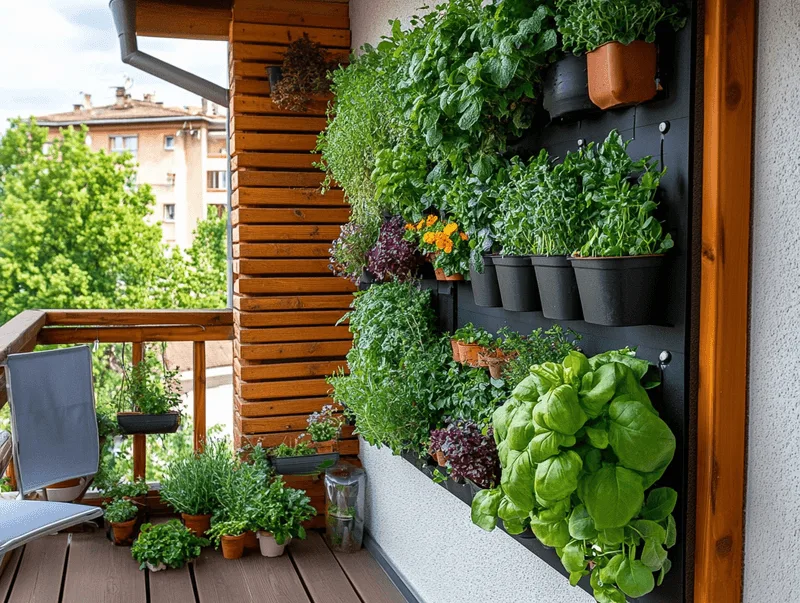
As urban spaces become more compact, vertical gardens offer a practical solution to limited ground space. These gardens not only enhance the aesthetic appeal of a balcony or wall but also improve air quality and provide insulation. They can be customized with a variety of plants, from vibrant flowers to fresh herbs, catering to different tastes and needs. Vertical gardens are a testament to how innovation in landscaping can transform small spaces into green havens, making them a popular choice in urban areas where traditional gardens are a luxury.
Smart Irrigation Systems
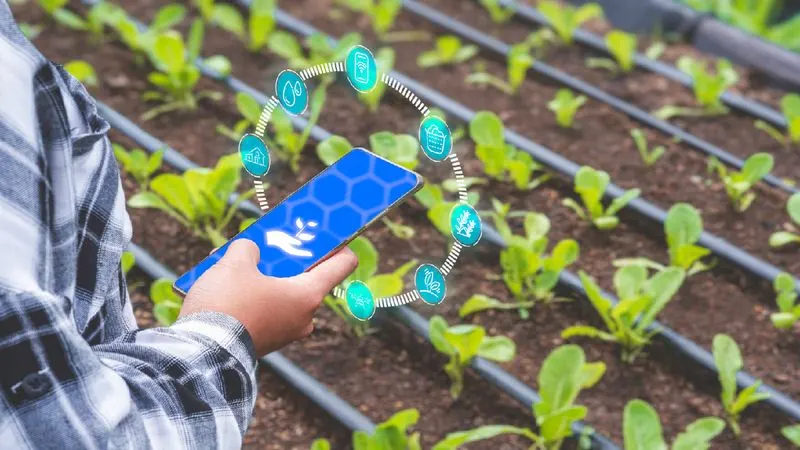
Water conservation is a critical concern, and smart irrigation systems are at the forefront of addressing this issue. By utilizing sensors and weather data, these systems ensure that plants receive the right amount of water at the right time. This not only saves water but also promotes healthier plant growth. The integration of technology into gardening practices reflects a shift towards more sustainable and efficient landscaping solutions, making smart irrigation systems a valuable asset for homeowners looking to reduce their environmental footprint.
Native Plant Landscaping
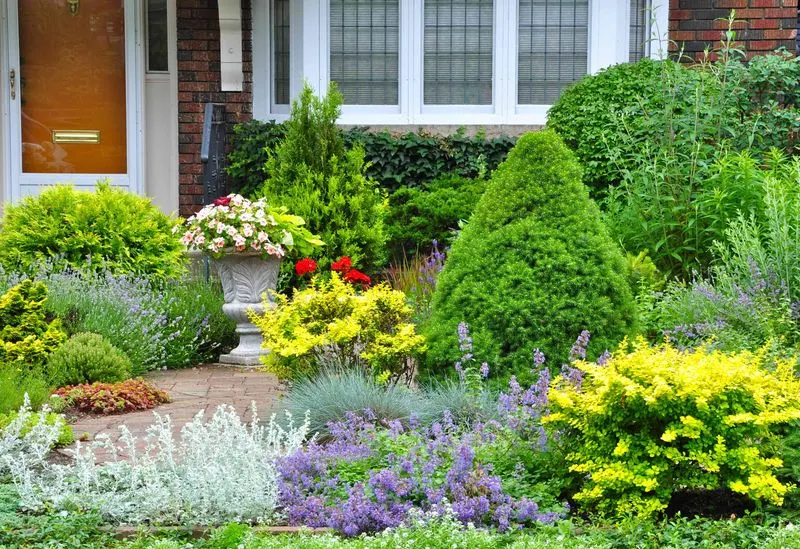
Embracing native plants in landscaping is gaining traction as it brings multiple benefits. Native plants are adapted to the local climate and soil, requiring less water and maintenance while supporting local wildlife. They create a more sustainable and biodiverse garden, attracting butterflies, bees, and birds. This trend emphasizes the importance of working with nature rather than against it, fostering a harmonious relationship with the environment and contributing to the preservation of local ecosystems.
Edible Gardens
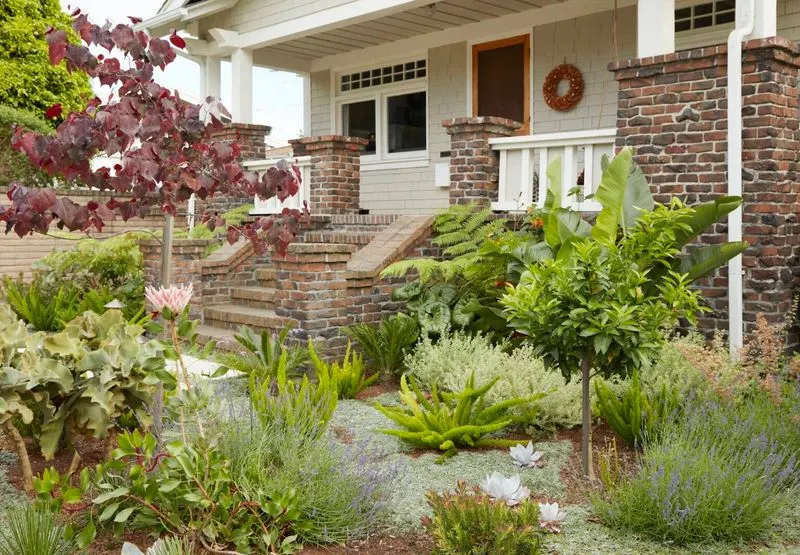
The concept of edible gardens is appealing for those who want to enjoy fresh, organic produce right from their backyard. These gardens combine aesthetics with functionality, featuring a variety of vegetables, fruits, and herbs that can be harvested and used in everyday cooking. Beyond providing delicious and nutritious food, edible gardens also offer educational opportunities for families to learn about growing and harvesting. They represent a shift towards self-sufficiency and a deeper connection with the food we consume.
Sustainable Materials
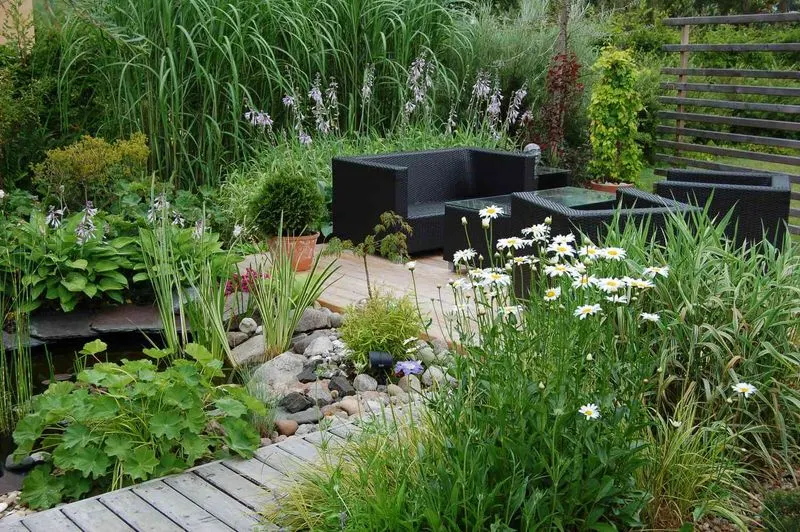
The use of sustainable materials in landscaping reflects a growing commitment to environmental responsibility. Recycled wood, natural stone, and eco-friendly finishes are becoming popular choices for outdoor spaces. These materials not only reduce environmental impact but also add a touch of natural beauty and durability. As sustainability becomes a priority, homeowners are increasingly seeking options that align with their values, making sustainable materials a key trend in the landscaping industry.
Pollinator Gardens
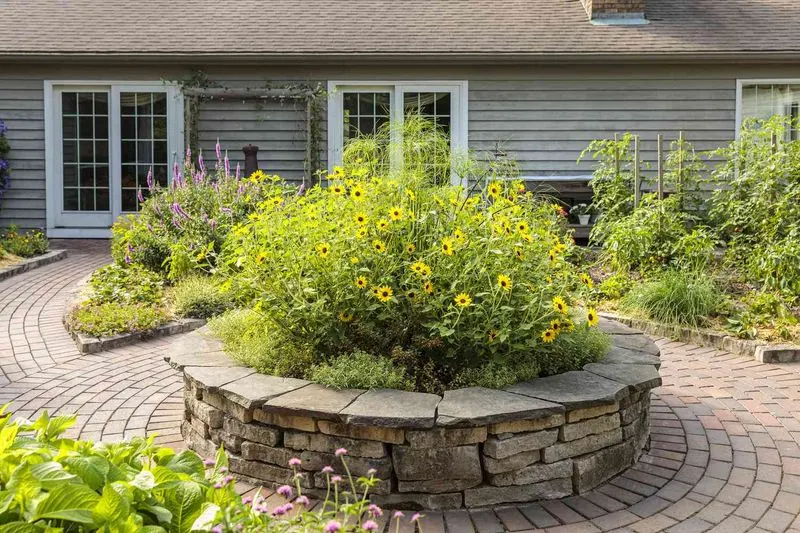
Pollinator gardens are designed to attract and support bees, butterflies, and other vital pollinators. These gardens are not only visually stunning but also play a crucial role in maintaining biodiversity. By providing a habitat for pollinators, they contribute to the health of the ecosystem and the success of crops. This trend highlights the importance of creating spaces that are not only beautiful but also beneficial to wildlife, fostering a connection between gardening and conservation.
Minimalist Landscaping
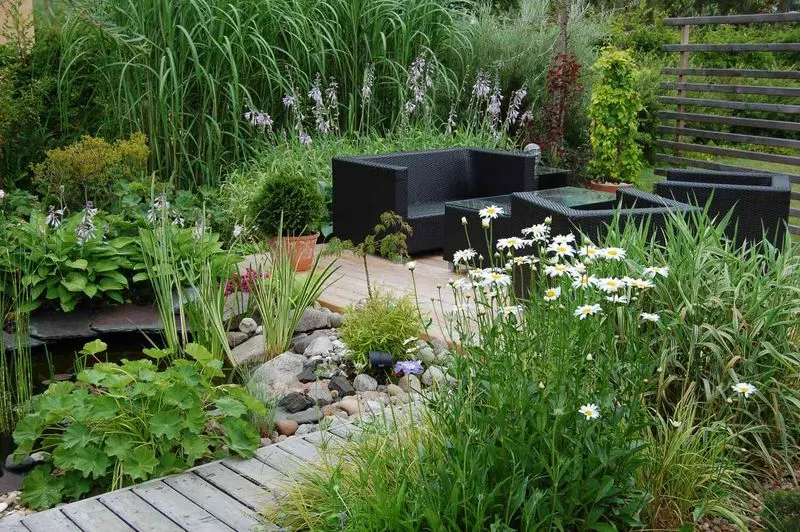
Minimalist landscaping is all about simplicity and elegance, focusing on clean lines and uncluttered spaces. This trend is ideal for those who prefer a low-maintenance garden that still offers beauty and tranquility. Utilizing monochromatic color schemes and a limited palette of plants, minimalist landscapes create a calming environment that is both stylish and functional. They reflect a growing appreciation for understated elegance and the art of doing more with less.
Rain Gardens
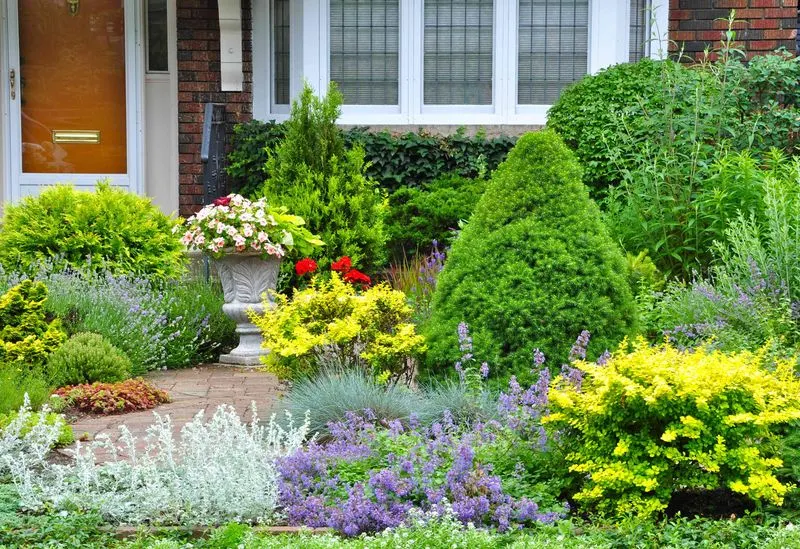
Rain gardens are an innovative way to manage stormwater runoff while enhancing the beauty of a landscape. By strategically placing water-loving plants in a shallow depression, these gardens capture and filter rainwater. This not only reduces the risk of flooding but also improves water quality by filtering pollutants. Rain gardens are a practical and attractive solution for dealing with excess water, demonstrating how landscaping can contribute to environmental protection and resilience.
Wildlife-Friendly Spaces

Creating wildlife-friendly spaces is a trend that emphasizes the importance of supporting local fauna. By incorporating elements such as birdhouses, ponds, and native plants, these gardens provide a habitat for birds, insects, and other creatures. This approach not only enhances biodiversity but also offers a unique opportunity to observe and connect with nature. It underscores the idea that gardens can be more than just beautiful spaces; they can also be vital habitats for wildlife.
Water Features
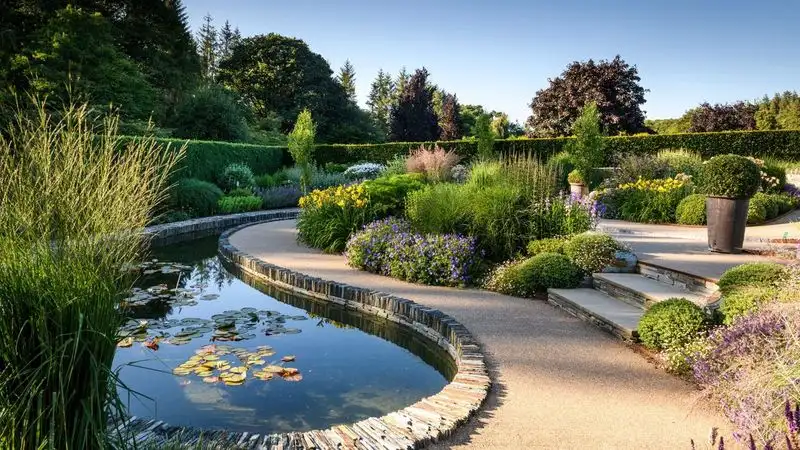
Water features continue to be a popular element in landscaping, adding a sense of tranquility and elegance to any garden. Whether it’s a pond, fountain, or waterfall, these features create a soothing atmosphere and serve as a focal point. Water features can be designed to fit any style or size of garden, providing a relaxing retreat from the hustle and bustle of everyday life. They highlight the therapeutic qualities of nature and the soothing sound of flowing water.
Outdoor Living Spaces
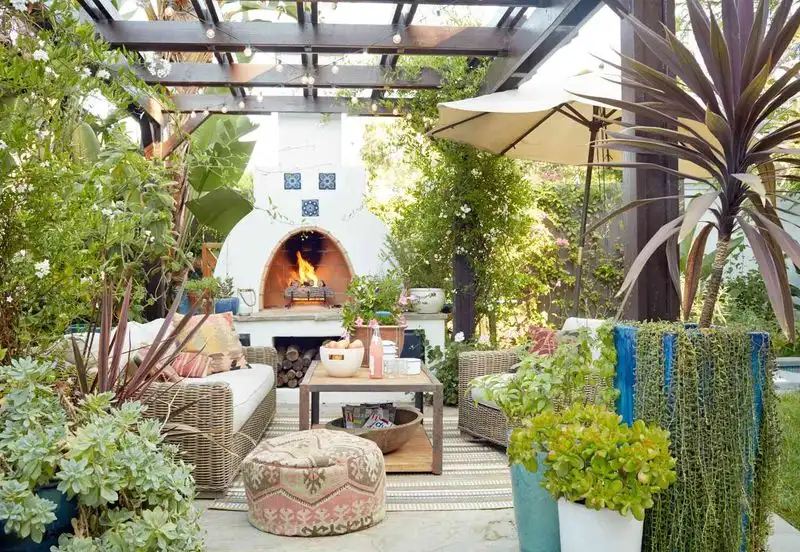
Outdoor living spaces are about extending the comforts of home into the garden. These areas provide a perfect setting for relaxation and entertainment, equipped with comfortable seating, lighting, and sometimes even cooking facilities. They offer a way to enjoy the outdoors while retaining the coziness of indoor living. As people look for ways to maximize their living space, outdoor living areas become a valuable addition, enhancing both lifestyle and property value.
Perennial Meadows
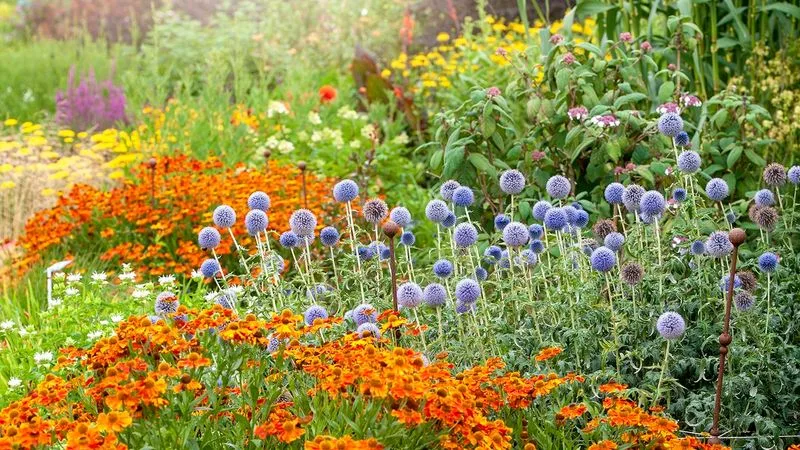
Perennial meadows bring a touch of natural beauty to gardens with their vibrant and ever-changing display of flowers. These gardens require minimal maintenance, as perennials return year after year, providing a dynamic landscape that evolves with the seasons. By selecting a diverse range of species, gardeners can create a rich tapestry of colors and textures. Perennial meadows are a testament to the beauty of nature’s cycles and the joy of watching a garden transform over time.
Therapeutic Gardens
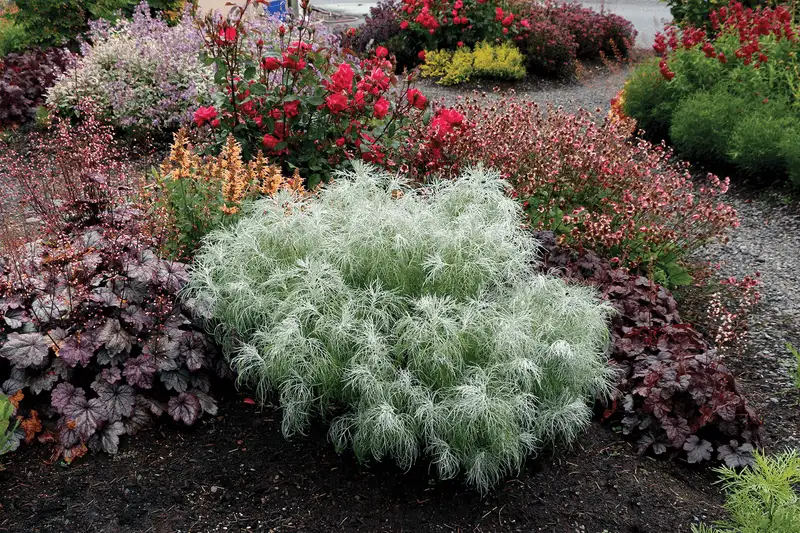
Therapeutic gardens are designed to promote well-being and relaxation through the use of sensory plants, gentle pathways, and serene seating areas. These gardens offer a sanctuary for meditation and stress relief, harnessing the healing power of nature. Each element is carefully chosen to engage the senses and provide a calming environment. Therapeutic gardens are not just about aesthetics; they offer an escape from the stresses of modern life, promoting mental and emotional health.
Solar Lighting
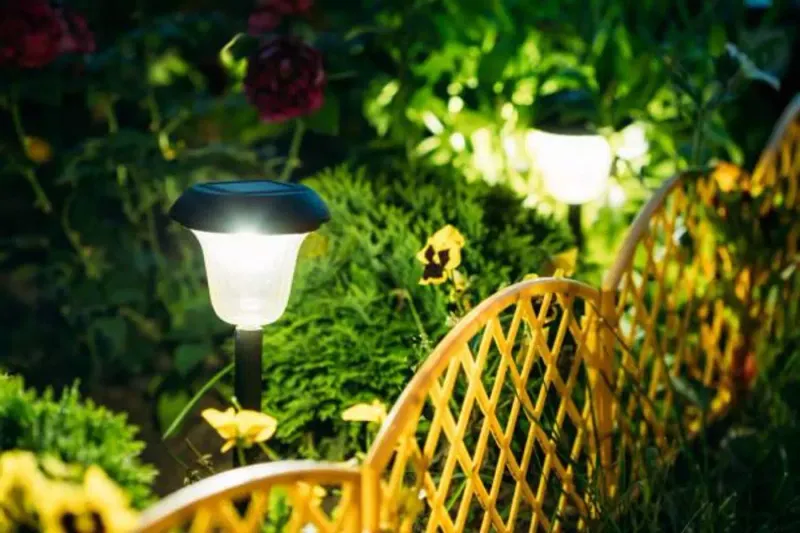
Solar lighting is an eco-friendly way to illuminate gardens, paths, and patios, adding beauty and safety to outdoor spaces. Utilizing energy from the sun, these lights are both cost-effective and environmentally sustainable. They come in a variety of designs to suit different styles, from subtle ground lights to decorative lanterns. As technology advances, solar lighting continues to improve in efficiency and design, making it a popular choice for homeowners looking to enhance their garden’s ambiance.
Container Gardening
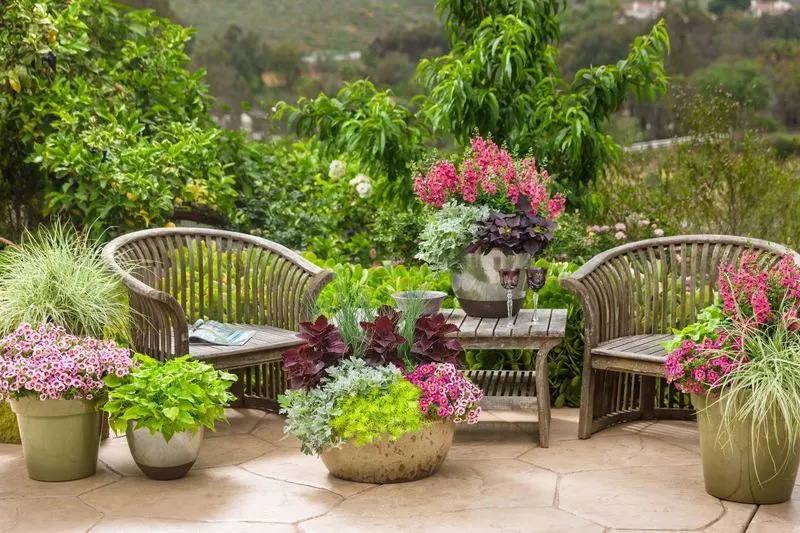
Container gardening offers flexibility and creativity, allowing gardeners to experiment with different plants and arrangements. Ideal for those with limited space, containers can be moved and rearranged to suit changing tastes and conditions. They provide the opportunity to grow a wide variety of plants, from seasonal flowers to kitchen herbs, even in the smallest of spaces. Container gardening embodies the idea that anyone can enjoy the benefits of gardening, regardless of space constraints.

